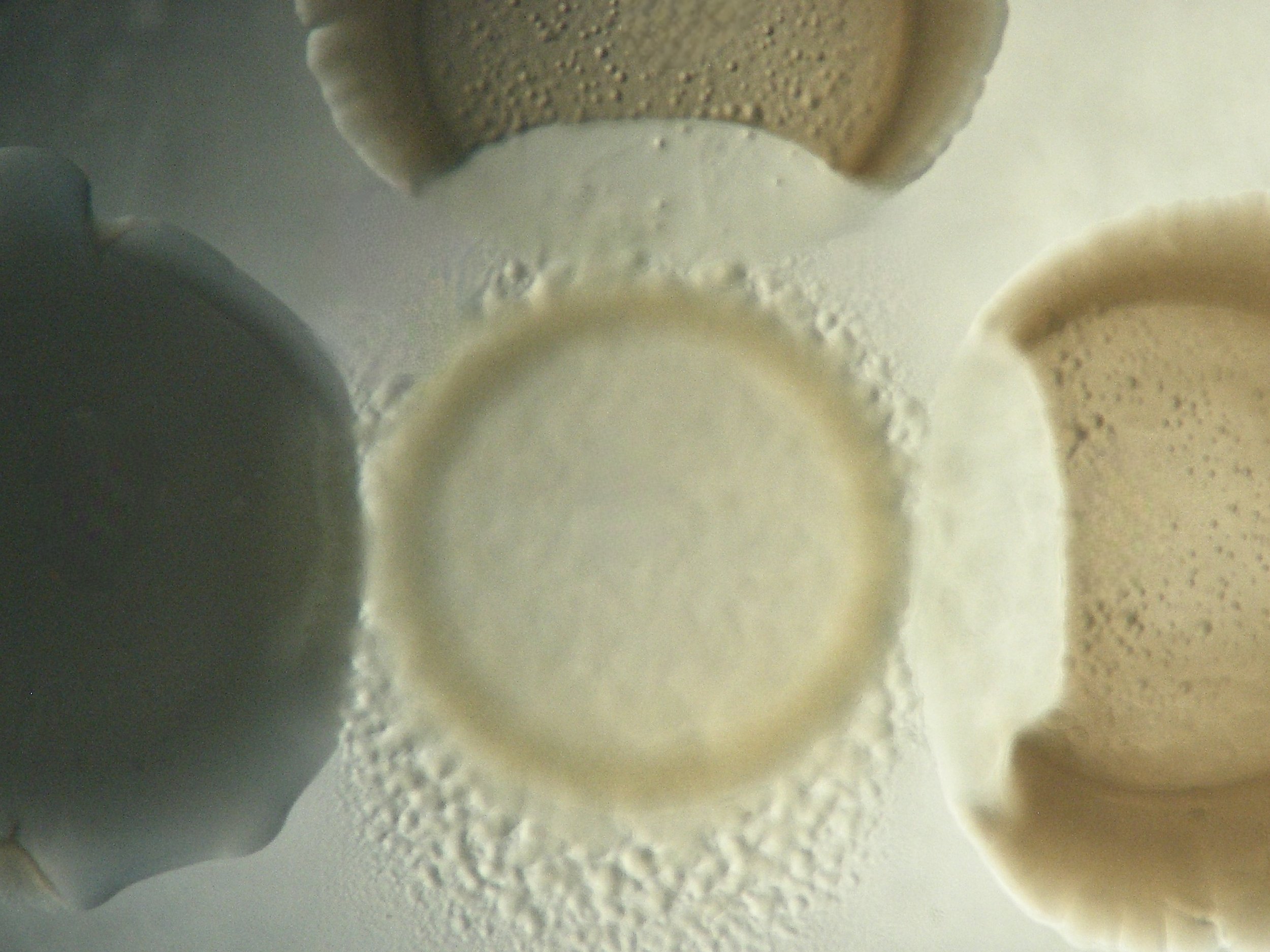
Background
Predation is most often associated with animals, but the microbial world is also rife with myriad predators. Bacterial predators are expected to strongly shape many ecological and evolutionary features of natural microbial communities, for example by altering the character and pace of adaptive evolution.
MyxoEE-6 was designed to test how predation by a generalist bacterial predator shapes the genomic and phenotypic evolution of simple two-species predator-prey communities.
Design summary: Twelve replicate communities of predator (M. xanthus) and prey (E. coli) were initiated in coevolution arenas where the predator was trophically dependent on the prey as its sole direct carbon substrate for growth. For a total of 25 cycles, 1% of each community was transferred into a fresh environment every 3.5 days. Six single-species populations of both predator and prey evolved under the same (or similar) abiotic conditions as controls.
Highlights
Predator-prey co-adaptation - Coevolving predators and prey both evolved adaptations specific to the presence of the other party.
Genome evolution is accelerated by predator-prey interactions - Genome evolution of both predator and prey was faster in the two-species communities than in single-species populations.
Predation-specific parallel genome evolution - The prey gene ompT evolved loss-of-function mutations in almost all coevolved prey populations; all predator populations evolved at the uncharacterized gene Mxan_RS27920.
Mucoidy protects against predation - Mucoidy evolved pervasively among E. coli populations that co-evolved with M. xanthus but not in predator-free controls.
Productivity tradeoff may prevent mucoid mutants from reaching fixation - Mucoid mutants remained in the minority of all populations in which they evolved, possibly due to a tradeoff between resistance to predation and productivity.
The yjbEFGH operon is a candidate for causation of mucoidy - Mucoid clones from all four examined coevolved prey populations were mutated in the yjbEFGH operon, whereas none of the sequenced non-mucoid clones were mutated in this operon.
Publications
Nair, R. R., M. Vasse, S. Wielgoss, L. Sun, Y.-T.N. Yu and G. J. Velicer. 2019. Bacterial predator-prey coevolution accelerates genome evolution and selects on virulence-associated prey defences. Nature Communications. READ IT HERE
Nair, R. R. and G. J. Velicer. 2021. Predatory bacteria select for sustained prey diversity. Microorganisms. READ IT HERE